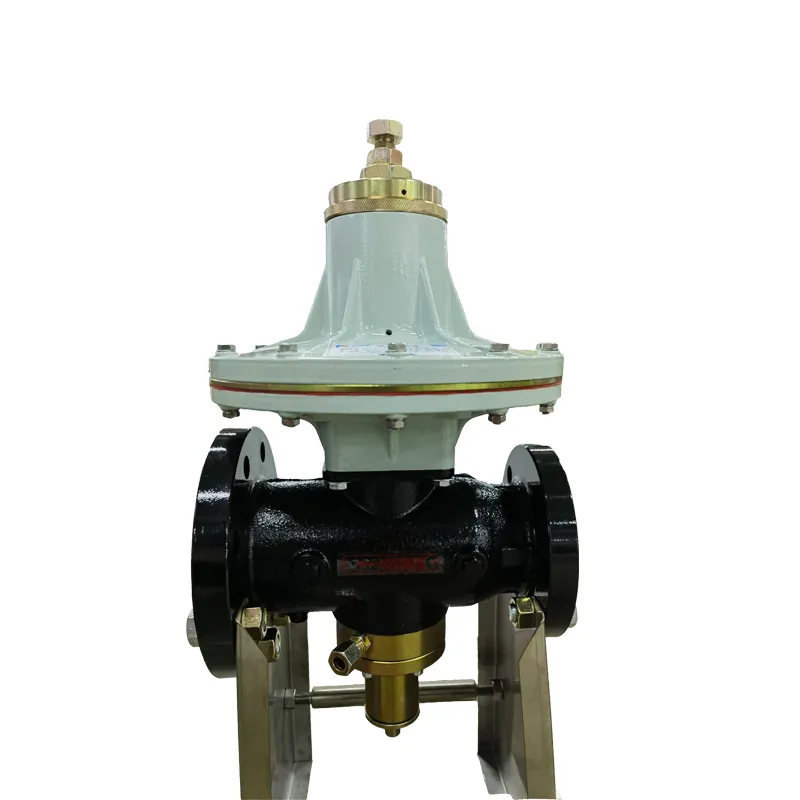
Dec . 24, 2024 16:40
Back to list
Innovative Techniques for Enhancing Heat Exchanger Efficiency and Performance Optimization
Understanding Heat Exchangers Functions, Types, and Applications
Heat exchangers are critical devices used in various industrial, commercial, and residential applications to transfer heat between two or more fluids without mixing them. The efficient transfer of heat is essential in processes ranging from heating and cooling systems to power generation and chemical processing. This article delves into the functions, types, and applications of heat exchangers, highlighting their importance in modern engineering.
Function of Heat Exchangers
At its core, a heat exchanger operates on the principle of thermal conduction. It facilitates the transfer of thermal energy from one fluid to another, thereby modifying the temperature of the fluids involved. Heat exchangers can either cool down a fluid (heat rejection) or heat it up (heat absorption), depending on the application requirements. The primary objective is to optimize this heat transfer process while maintaining the separation of the fluids, ensuring that they do not mix.
The effectiveness of a heat exchanger is determined by its design, surface area, and the temperature difference between the fluids. The greater the surface area and temperature difference, the more efficient the heat transfer will be. Engineers must meticulously design heat exchangers to maximize efficiency while minimizing energy usage and operational costs.
Types of Heat Exchangers
Heat exchangers come in various designs and configurations suited for specific applications. The most common types include
1. Shell-and-Tube Heat Exchanger This design consists of a series of tubes contained within a cylindrical shell. One fluid flows through the tubes, while the other passes around them in the shell. This configuration is widely used due to its robust design and efficiency in handling high pressures.
2. Plate Heat Exchanger This type features multiple thin plates stacked together to form channels for the fluids. The close proximity of the plates enhances heat transfer efficiency, making it ideal for medium to low-pressure applications.
heat exchanger

3. Air-Cooled Heat Exchanger This design uses ambient air to cool process fluids. It's commonly employed in applications where water is scarce or unavailable.
4. Double-Pipe Heat Exchanger A simple design consisting of one pipe inside another, allowing one fluid to flow through the inner pipe while another flows around it. This is typically used for smaller flow rates and less complex applications.
5. Fin-Tube Heat Exchanger Equipped with fins to increase the surface area for heat transfer, these are particularly effective in heating and cooling applications in HVAC systems.
Applications of Heat Exchangers
Heat exchangers are indispensable in numerous industries. In the HVAC industry, they play a crucial role in maintaining comfortable indoor climates by exchanging heat between the air and liquid systems. In power generation, they are utilized in condensers and cooling systems to improve energy efficiency.
The chemical processing industry also relies on heat exchangers for temperature control in reactors and for distillation processes. Furthermore, in renewable energy systems, such as geothermal and solar heating, heat exchangers facilitate the effective transfer of heat from natural sources to usable energy.
In manufacturing, heat exchangers are essential for controlling temperatures in processes such as metalworking and food production. They help maintain the desired temperatures in boilers and heat recovery systems, enhancing energy efficiency and reducing waste.
Conclusion
The significance of heat exchangers in modern engineering cannot be overstated. Their ability to efficiently transfer heat while maintaining fluid separation makes them indispensable across multiple sectors. As technology advances, the design and materials used in heat exchangers continue to evolve, promising even greater efficiency and sustainability in energy use. Understanding the various types and applications of heat exchangers is crucial for engineers and industries aiming to optimize their processes and reduce environmental impacts. Whether in power generation, HVAC systems, or manufacturing processes, heat exchangers remain a cornerstone of efficient thermal management in our increasingly energy-conscious world.
Next:
Latest news
-
Safety Valve Spring-Loaded Design Overpressure ProtectionNewsJul.25,2025
-
Precision Voltage Regulator AC5 Accuracy Grade PerformanceNewsJul.25,2025
-
Natural Gas Pressure Regulating Skid Industrial Pipeline ApplicationsNewsJul.25,2025
-
Natural Gas Filter Stainless Steel Mesh Element DesignNewsJul.25,2025
-
Gas Pressure Regulator Valve Direct-Acting Spring-Loaded DesignNewsJul.25,2025
-
Decompression Equipment Multi-Stage Heat Exchange System DesignNewsJul.25,2025

